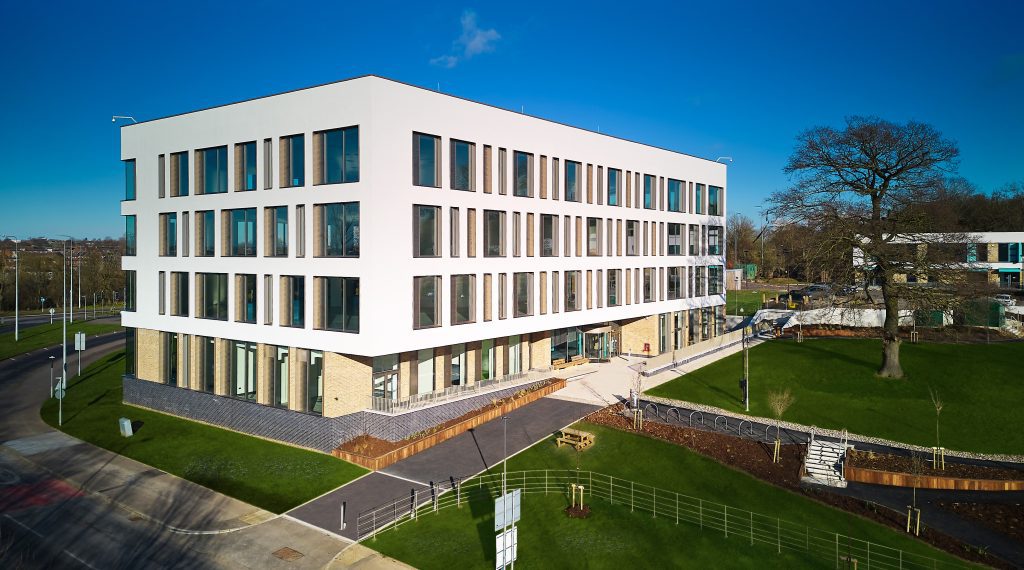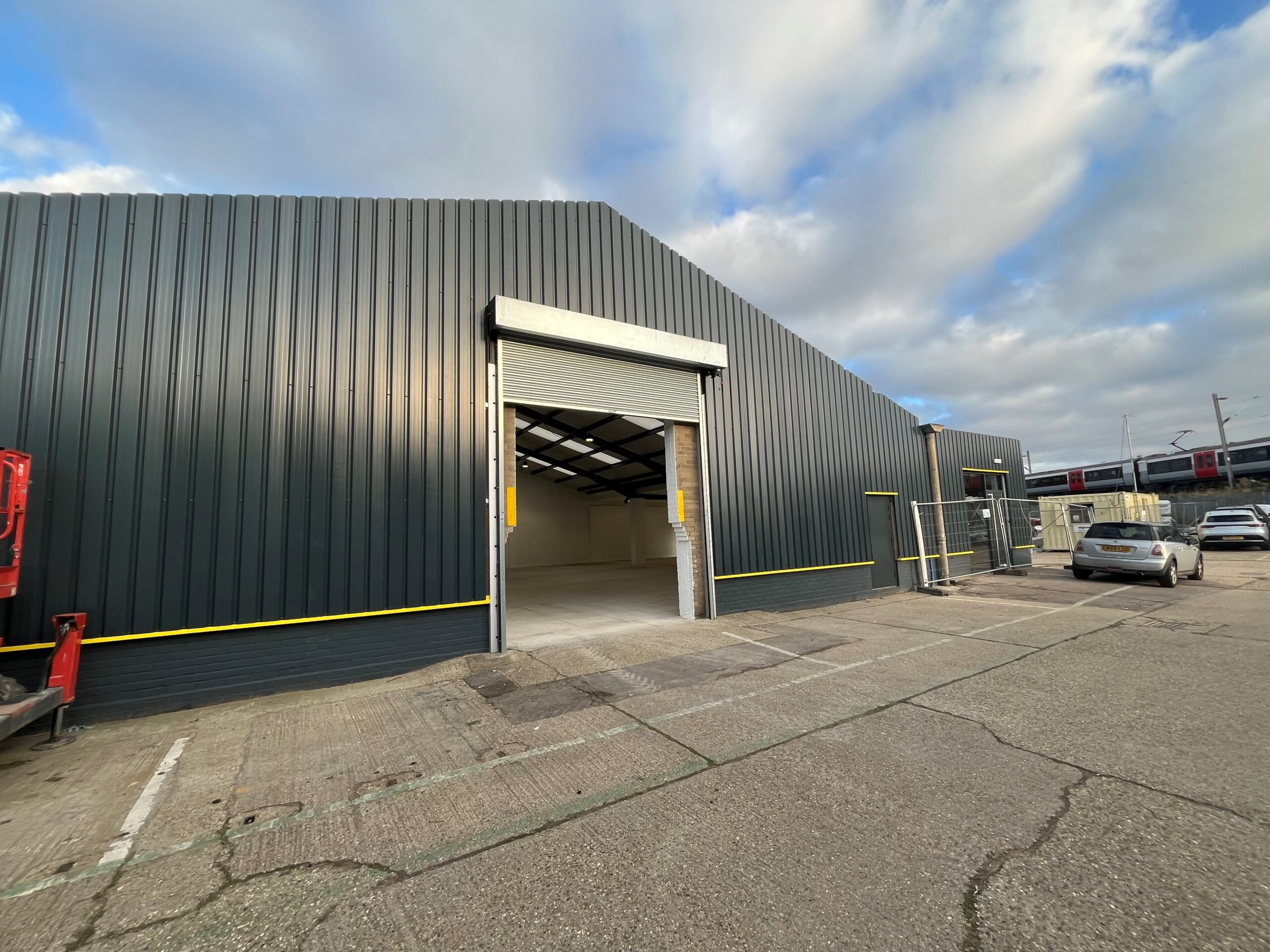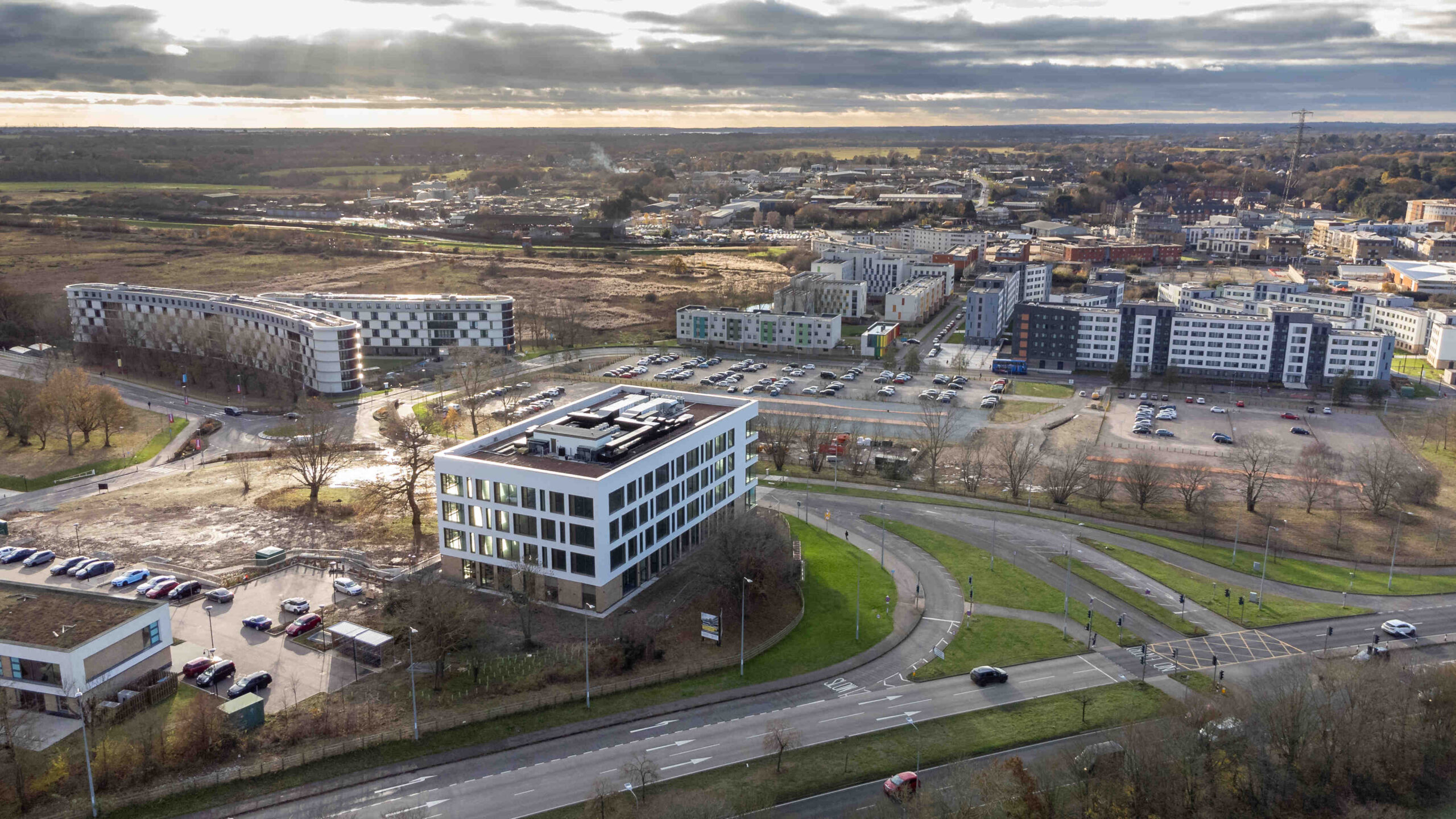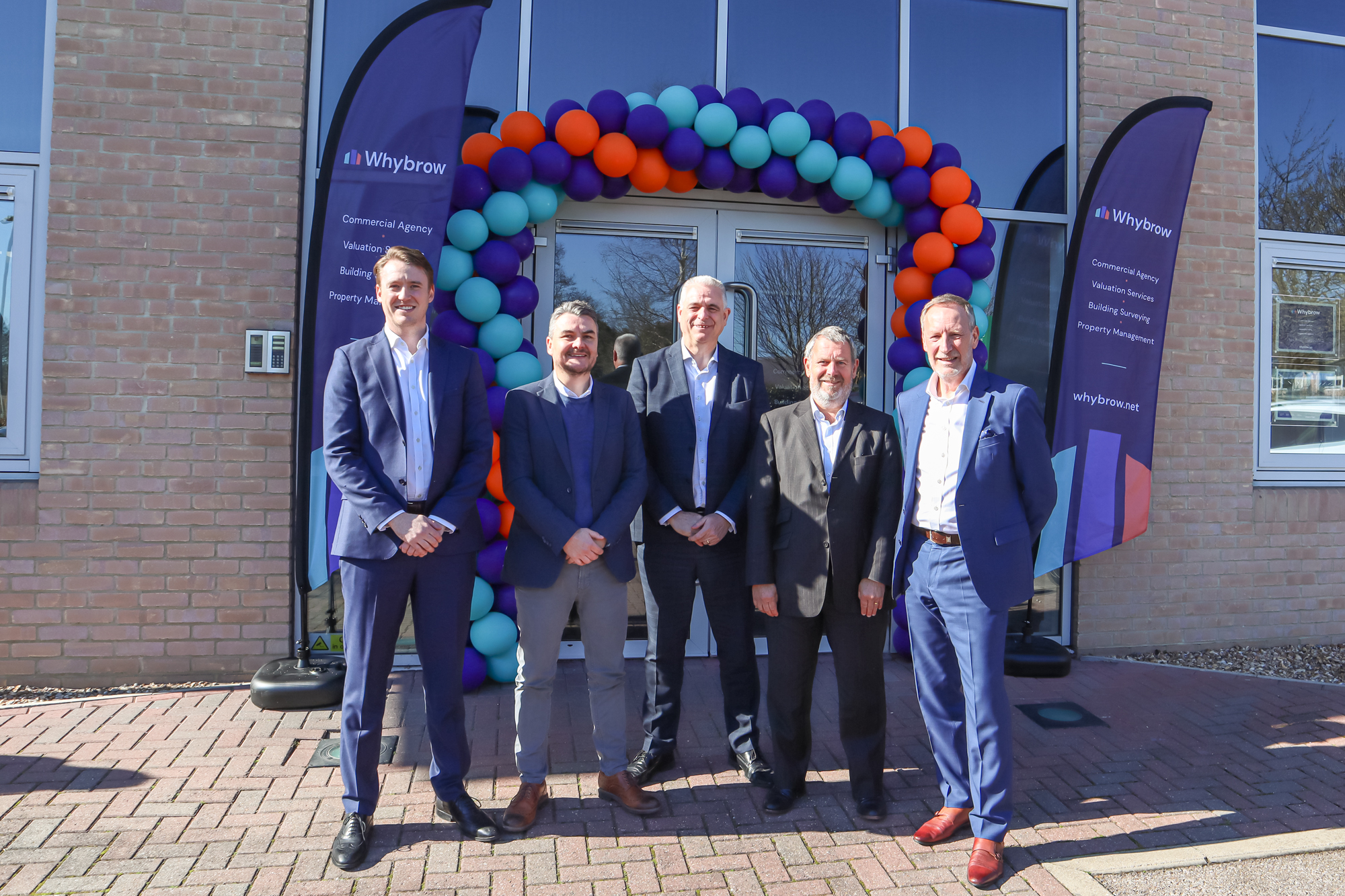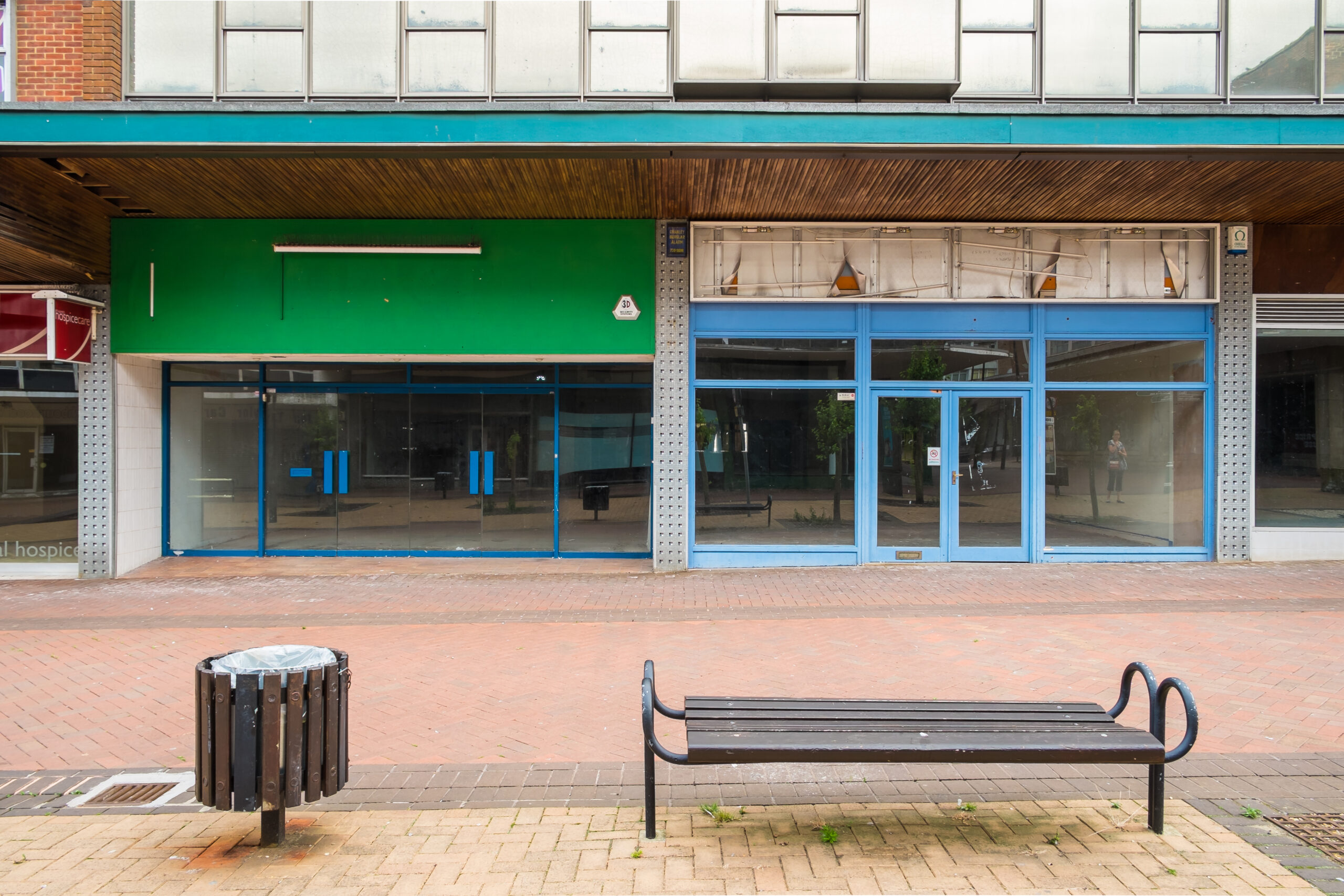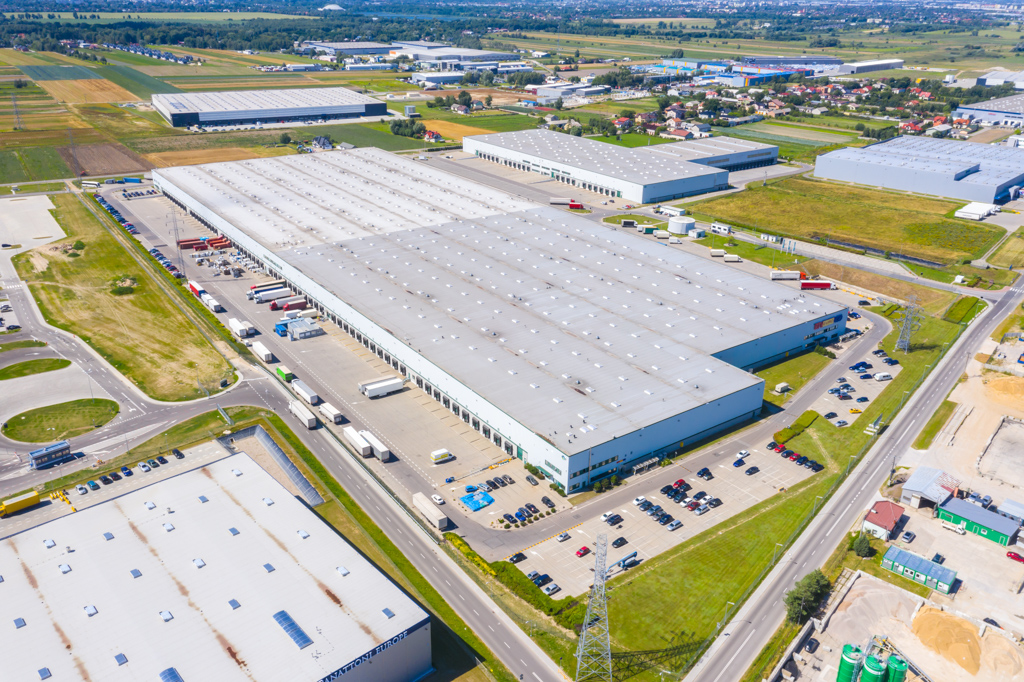Is remote working here to stay? Whybrow CEO Ewan Dodds BsC FRICS explores what businesses need to do to provide an attractive workspace.
March 2020 was perhaps pivotal in the way that businesses and people work across not only the UK but throughout much of the developed world.
As I was standing in Malaga airport early that month, returning from Spain where businesses were closing down that Sunday and wondering why people were wearing masks, returning then to my office on Monday morning only to be “required” by the Government to close down and send all my staff colleagues home a week later, I knew then that the landscape for business had changed perhaps irrevocably. We didn’t then quite know what “new normal” was.
We have learned quickly to love (and perhaps hate in equal measure) technology and the ability to meet via Zoom initially and then via Teams, avoiding the need to jump into a car for a meeting on the other side of the Country, so what was not to like?
We have put some key points together for businesses to considerer as they adapt to this new normal:
Hybrid working
It is undeniable that this and working from home is now with us for good. Already implemented previously by many businesses, this has fast become the new normal with many employees increasingly demanding the opportunity to work from home for at least 2 days a week (very often Mondays and Fridays increasing their weekend?). TWAT’s (Tuesdays, Wednesdays, and Thursdays) seems to have become the new working week for many (or some).
Claims, are being made but not yet substantiated that in this way both the business and the employee are more productive. With productivity still in the UK at all time lows, this is still hard to believe, but with UK employees pre-pandemic working some of the longest hours of work within Europe, the productivity enigma is clearly not yet resolved.
The question will be how well we are able to train our workforce of the future without the invaluable 1-2-1 mentoring afforded by their senior colleagues?
Staffing
The UK still faces an unprecedented loss of senior experienced staff who have used the pandemic to bring forward their retirement, removing them completely from the available workforce. It is still proving very challenging to recruit, especially from this senior cohort and, faced with this, business is increasingly faced with skills gaps, and the training expertise these senior staff bring to their more junior colleagues. Remote working only reinforces the challenges this brings to growing the next tranche of partners and directors.
The question here is how to entice those early retiree’s back into the workplace were they can be productive for UK plc. While retirement is a panacea for some, one size does not fit all, and with real flexibility around employment options, I am sure may of these people would welcome the opportunity to fully exercise the old grey matter.
Return to the office
Many company’s, and particularly those in the larger conurbations such as London are actively encouraging, requiring or seeking to entice their workforce to return to the office full time. Studies suggest only around 60% of the workforce are in some offices at any one time, and this will be especially so in the larger urban centres.
If companies are successful in their strategy, and the position does look “stuck”, the benefits this will bring not only for the businesses concerned but also for the ancillary businesses such as restaurants, café etc who service these businesses during the week, this will be a significant boost to the economy and company performance. It will be interesting to see how this plays out over the next decade.
Here, I wonder if companies will accept 60% office occupancy or look to push this up to say 80% over time, and as companies see this and the bunce this should give the business, a win/win, whether the new normal will morph gradually to the old normal?
Flexible workspaces
The future of work spaces may be marked by flexibility. Many serviced operations have flourished but some such as We Work, heavily supported by Venture capitalist (VC) funding have struggled massively. However, with the success of remote working it is clear that many employees now value the freedom to choose where and how they work which is helping to perpetuate the concept of flexible and hybrid work spaces. This is balanced against employer demands as above. It will be interesting to see how these opposing forces work out?
It is true that enlightened businesses are reimagining their offices as collaborative hubs where employees can come together when needed for meetings, brainstorming sessions and team building activities. We recently acquired new office premises in Colchester for Greenmills where much of the focus was in stripping out much of the landlords’ fixtures and fittings to create more flexible breakout staff, breakout space for the company’s workforce. Such spaces will prioritise flexibility, adaptability and the integration of technology to support a variety of work styles.
Wellness and employee experience
As with the Greenmills example above, the workplace of the future will definitely have more focus on employee wellbeing and experience. The most progressive employers now understand that the physical office can play a crucial part in fostering a sense of community and connection amongst employees. As a result, we will see a greater emphasis on creating inviting, comfortable and wellness orientated office environments including features like ergonomic design, natural lighting, green spaces and amenity’s that enhance the work experience.
Technology
Technology as we have seen with the revolutionary use of Zoom and Teams, technology will continue to be a driving force in shaping the future of workspaces. Smart buildings and advanced communications tools will be essential for creating efficient and connected work spaces, businesses that invest in technology to support remote collaboration and office management therefore having a competitive edge in not only recruiting but retaining and growing the best staff.
Office footprints
One of the clear effects of the increase working from home situation is that company’s may, but not always require less office space going forward. Typically, these businesses will be locked into institutional leases, whereby they might be entitled to sublet space if the lease provides for this or, they can take advantage of lease events such as a lease expiries or break clauses to relocate entirely into smaller space if such space exists, or to negotiate a reduction in space from their landlord.
These negotiations, which should be planned carefully in advance can result in significant savings to the business although the costs of dilapidations should always be factored (these are the costs to the business of putting their current premises back into the state of repair required by their lease obligations).
A landlord with usually be receptive to negotiations and will not usually want to lose their tenant or suffer a void if the property was to become vacant unless they are confident that market conditions have improved and that there would be demand for such space.
Equally, while the company might have successfully adapted to increased working from home practices, typically their workforce may not have reduced. Therefore, on any one day, a majority of staff may turn up to work hence the need for the same amount of space. Typically, from our experience, businesses are seeing anything between 50% / 60% of the workforce in their offices at any one time. At our office, whilst we have adopted working from home practises, we continue to see great benefits in working from the office together in our teams in a way that fosters collaboration and particularly the teaching that our older staff can provide to our graduates in particular.
So reevaluating offices does not necessarily mean downsizing, as it often means optimizing space for collaboration, innovation and employee wellbeing.
Culture
When we sold our business to the Beresford’s group in May 2022, one of the most significant attractions was our shared cultures, how we got along, how we had fun, how we worked together etc Some 18 months on this is very much still the case and much of the glue that holds us together.
Our offices continue to serve as a hub for fostering this company culture collaboration and creativity. Going forward we are seeing a premium being placed on designing spaces that facilitate spontaneous interaction, idea sharing and team building activities.
Strong cultures are incredibly important and are easier to foster and cultivate together, rather than remotely. We will be interested therefore to see whether company cultures strengthen or weaken of companies continue to perpetuate remote and hybrid working.
Sustainability
Increasingly, and quite rightly companies are concentrating on their sustainability targets and the design of their buildings to support their employee wellbeing and productivity.
Government targets require all commercial buildings to have a minimum energy rating of B by 2030 and, while given the economic climate, we wonder whether there might be some flexibility around these targets from the current or future governments, it is clear that, particularly faced with increasing energy costs that our buildings need to be more efficient. There are some great designs out there and occupiers will increasingly focus on the higher quality buildings. The big question will be whether the occupiers are prepared to pay the rent such buildings will or should command. Businesses and developers however will seek environmentally friendly building materials and energy efficient systems, aligning with both ESG (Environmental/Social/ Governance) goals and cost savings.
ESG is here to stay, and this will play an increasingly important part of businesses location strategies
Location strategy
While the location of offices will evolve, these are largely dictated by planning permission, established schemes either in towns or city centres or in out-of-town business parks both of which will continue to appeal to different types of occupiers.
Out of town locations often provide greater provision of car parking although often very much fewer than many businesses require and this is where flexible working might help these buildings. Very often business park locations provide 1 space per 30sq.m but a building we have just acquired for clients had a ratio of 1 space per 20 sq.m well ahead of local authority standards making this building much more attractive to our particular client coupled with its enhanced energy efficiency and the availability of EV charging points.
At another building we are promoting for the University of Essex at their 45-acre Knowledge Gateway development, their latest phase comprises a building of 41,500 sq. ft again built to the most exacting of efficiency standards.
There is no doubt that remote working is here to stay, even to the consternation of some businesses, like say Goldman Sacks who are pressing for a 100% return to the office who I am sure will seek to challenge this among their employees in years to come, however the physical office will remain a valuable asset for business and a focus for staff development, business growth and wellbeing.
These offices will continue to evolve to meet the changing needs of the flexible work force focusing on wellbeing, technology and collaboration. The key to their success will be adapting to these new demands and creating work spaces that enhance both productivity and the employee experience. The UK desperately needs a productivity bounce, which will be helped I feel by both the private sector, who are leading the way in returning more visibly to the office, but much less so in the public sector who lag behind, often because of restrictive practices and Union involvement. Resolve this, and the UK will start marching forward, but with plenty of bumps in the road.


